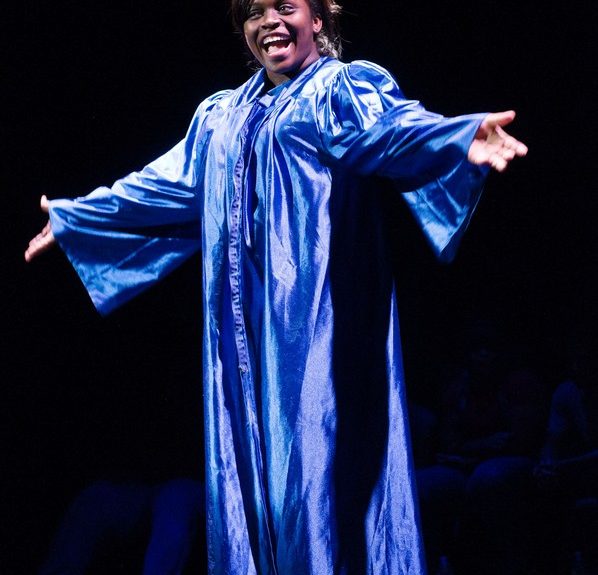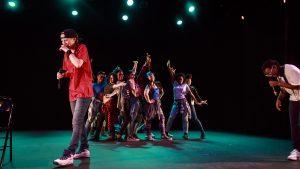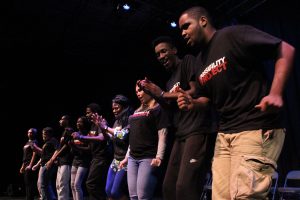Education
Showing Foster Kids and Justice-Involved Youth Their Possibilities
By Bri’a Smalls
Spectrum staff
The main lesson that Niquana Clark learned during her years as a client of a Chelsea-based organization serving, among others, youth who’ve been in foster care and those who’ve been incarcerated, is that she didn’t have to keep her private story a secret.
“Up until I came into the Possibility Project I didn’t openly talk about being in foster care or any issues I had, like, at home or anything, because people always assumed or jumped the gun,” said Clark, 24, now an artistic director for the performance- and community service-focused organization.
Even recently, when Clark told someone who has known her for years that she had been in foster care, that young woman got wide-eyed and inhaled deeply, Clark said, dramatizing the moment. Then, she recited what her friend said: “Oh, so that’s why you were always with your grandmother…”
As though being with her grandmother was a bad thing, said Clark, who did, at times, resent having her name on foster care rolls.
But having been in their shoes, Clark now helps the current crop of foster care youth participating in everything from Possibility Project musical productions based on their stories of how they survived foster care to community service projects. The agency also helps youth prepare for life at college and life in general.
Project leaders would not allow this reporter to interview their clients.
But these are examples of persons they serve and how they serve them, leaders said:
Example A: A boy came to a performance rehearsal one day, exhausted and beaten down by his home life. Project leaders let him sleep.
Example B: If a parent is physically abusing a girl, she very well may be cast as a character much like her abusive mother in one of the project’s true tale-based productions.
“She would spend three months learning and reflecting on that character. And, in the end, thinking [differently] about her mom and having a conversation with her,” said Kenneth Phillips, 34, another artistic director.
The goal, he added, is to help that girl not blame herself for having been abused.
Groups of participants in the foster care, youth justice and Saturday programming divisions of the Possibility Project each do their own musicals, performing at Off-Broadway venues or places in Manhattan and Brooklyn.
But not all of Possibility Project’s work centers on performance art. There also are “community action projects” such as time spent last month in Union Square talking with strangers gender stereotypes.
Also, Possibility Project aims to train its youth participants in how to get along with people who, on the surface, are different from them and how to live in a multicultural world. And it schools them about various strategies for being non-violent in a world where there seems to be so much fighting.
Founded in Washington D.C in 1994 as City at Peace, the Possibility Project originally tried to bridge racial divisions and stop violence. Its main offices are in New York City, but it also maintains smaller offices in Rochester, N.Y. and Charlotte, N.C.
For Ciara Ayala, 24, the program manager on the Possibility Project’s staff of six, working there has been “life-changing.
“Seeing the bravery from the teenagers we work with … “ Ayala said. “I have had to do a lot of personal growth and self-reflection … “
Clark added, “Because of the Possibility Project, every day I decide not to give up on myself.”





